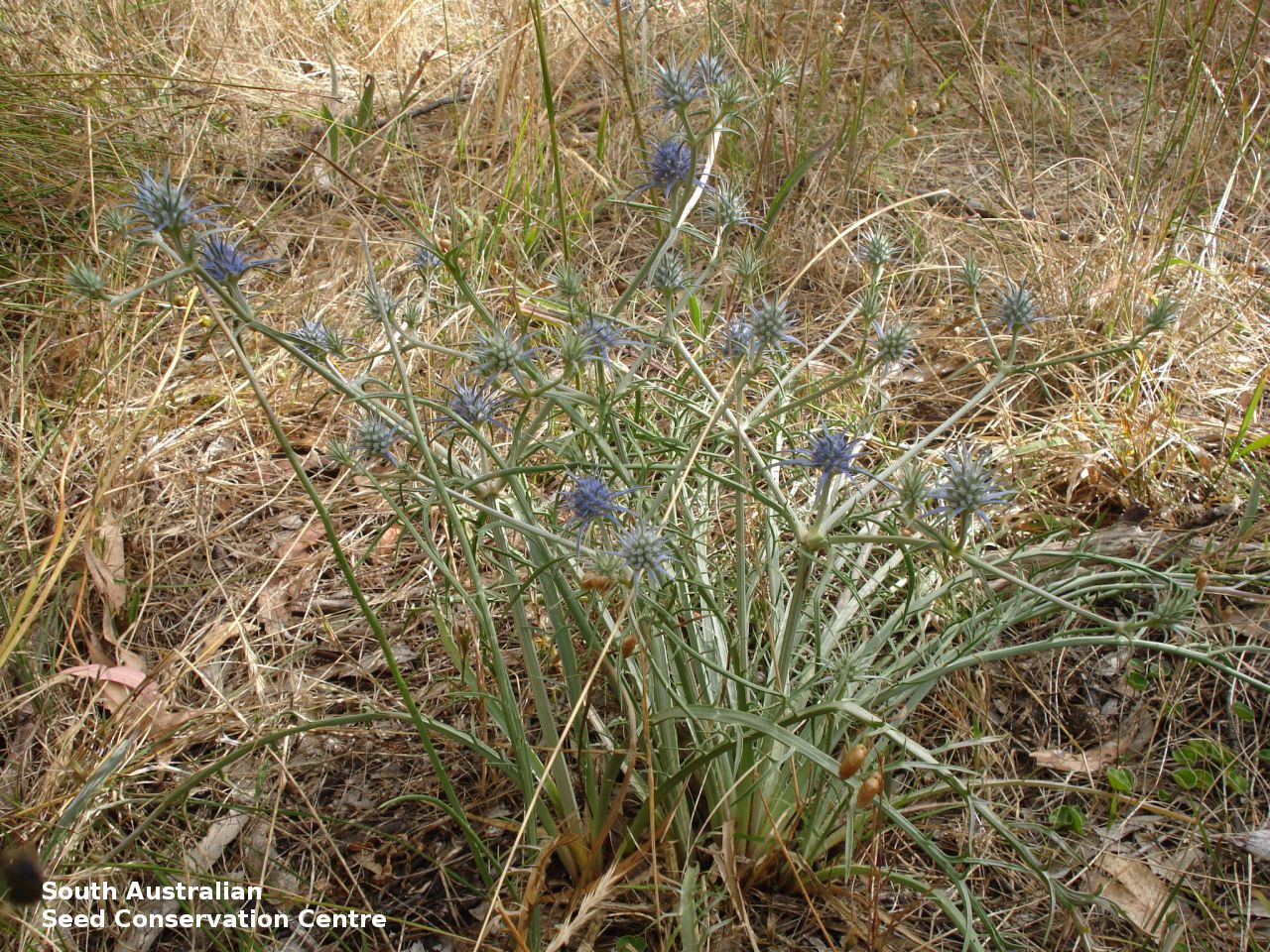
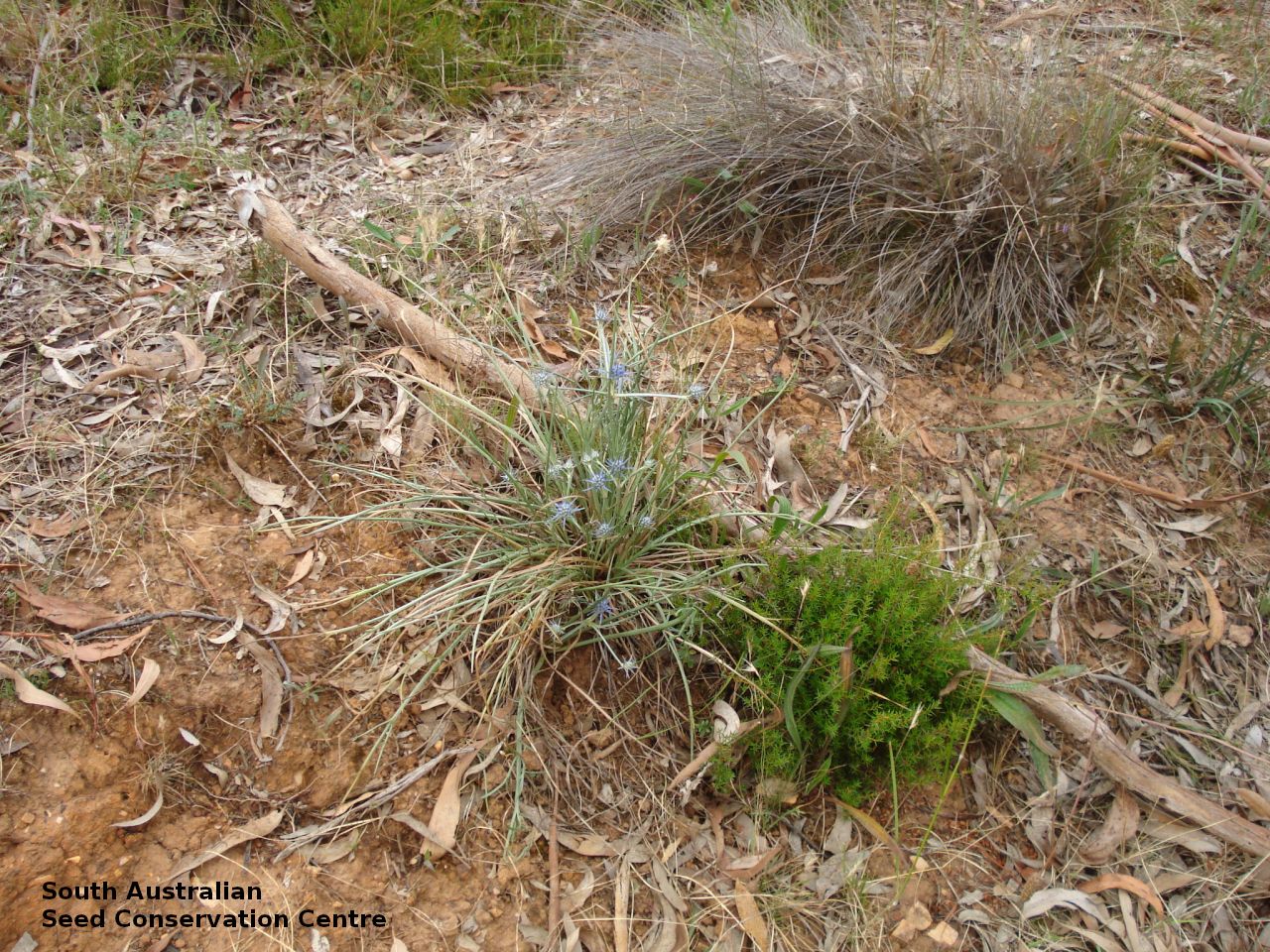
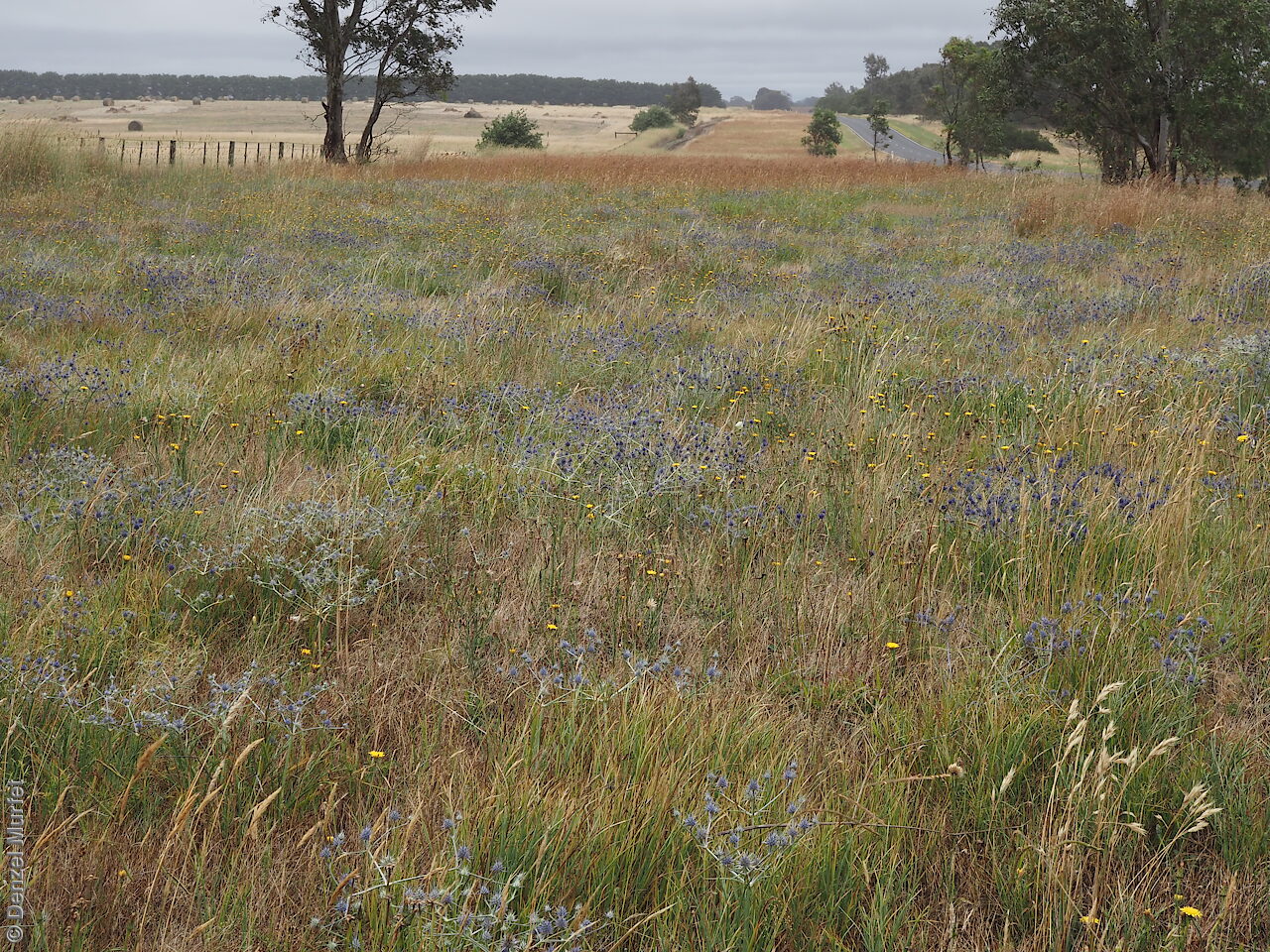
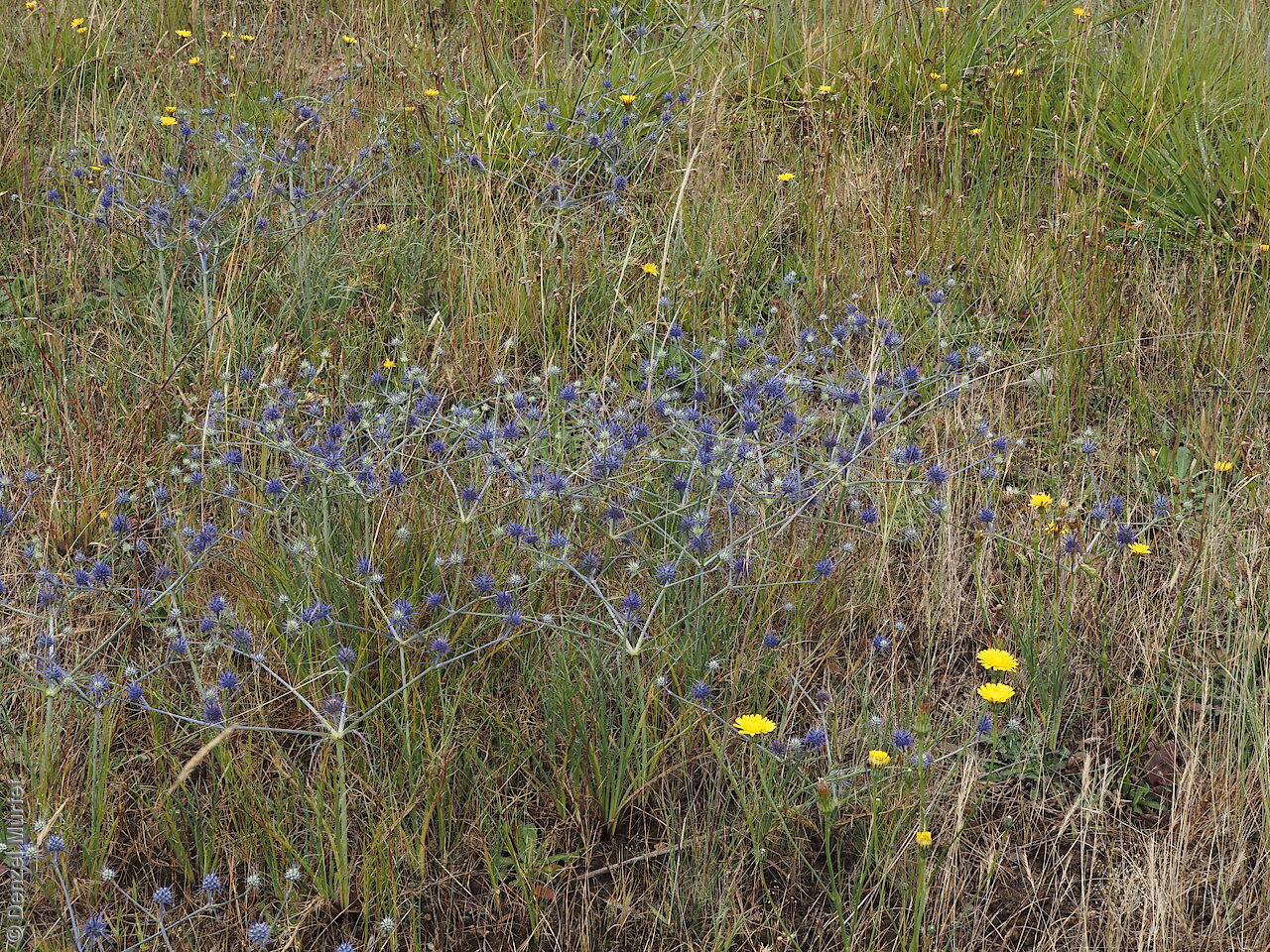
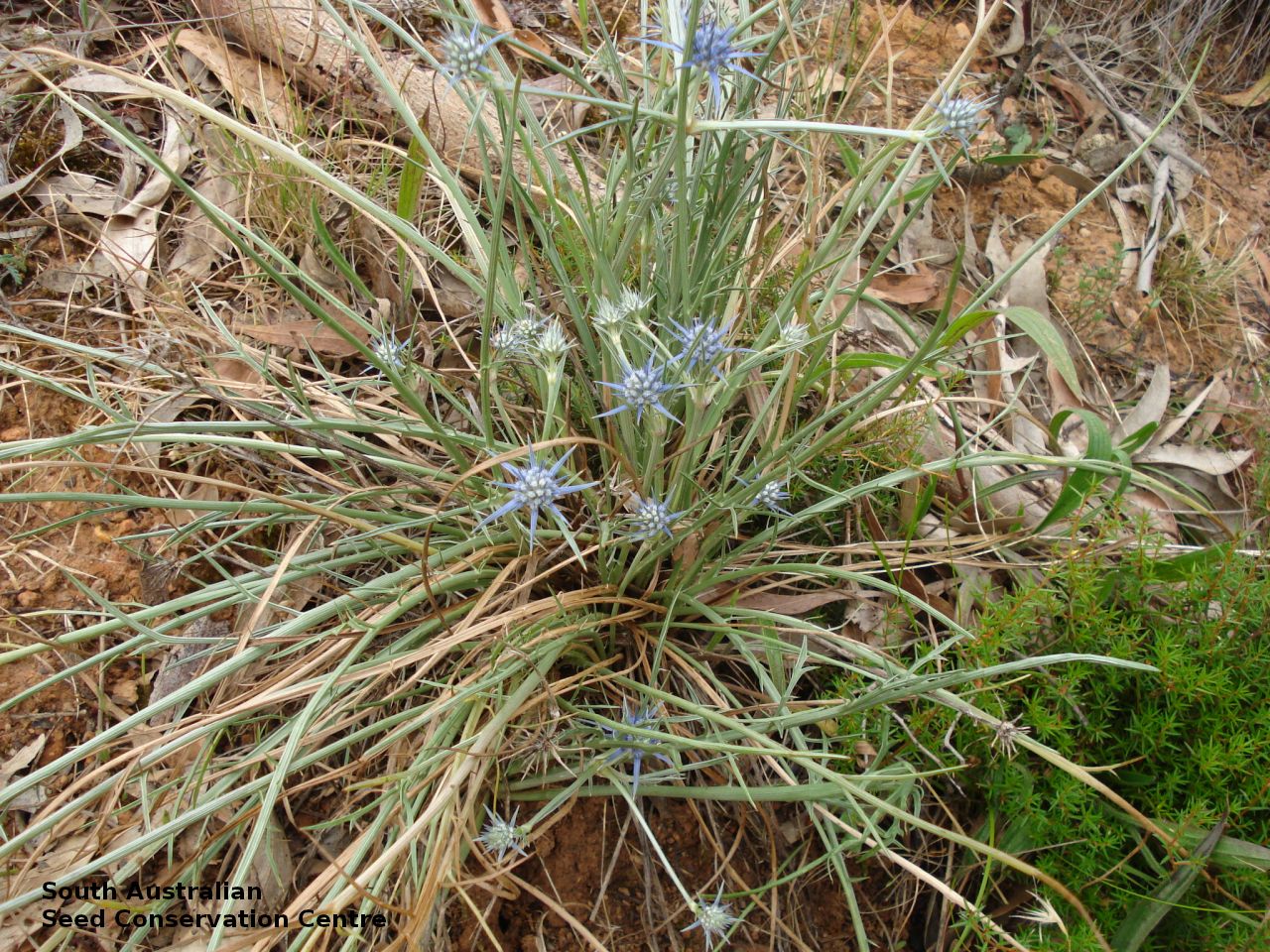
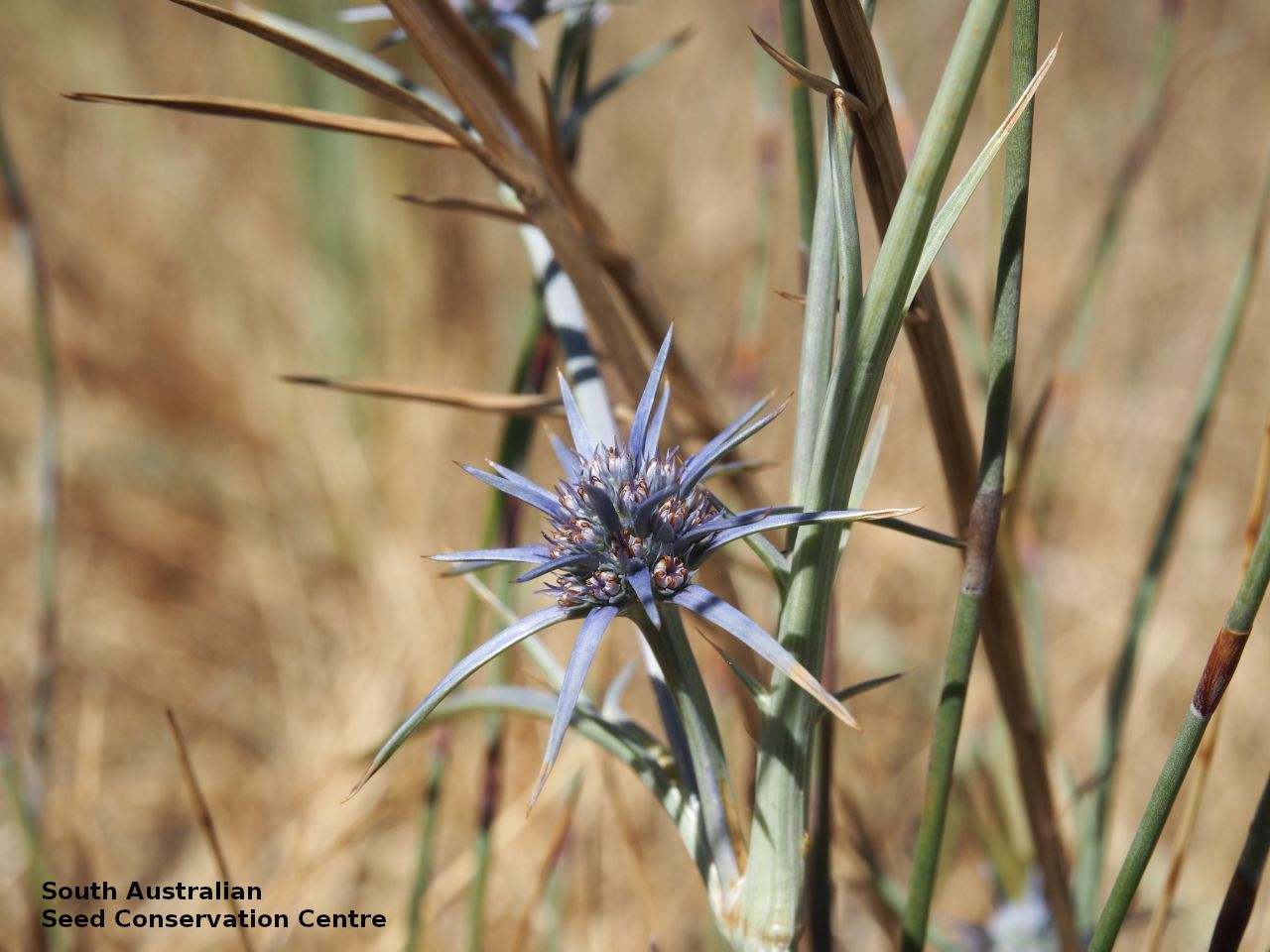
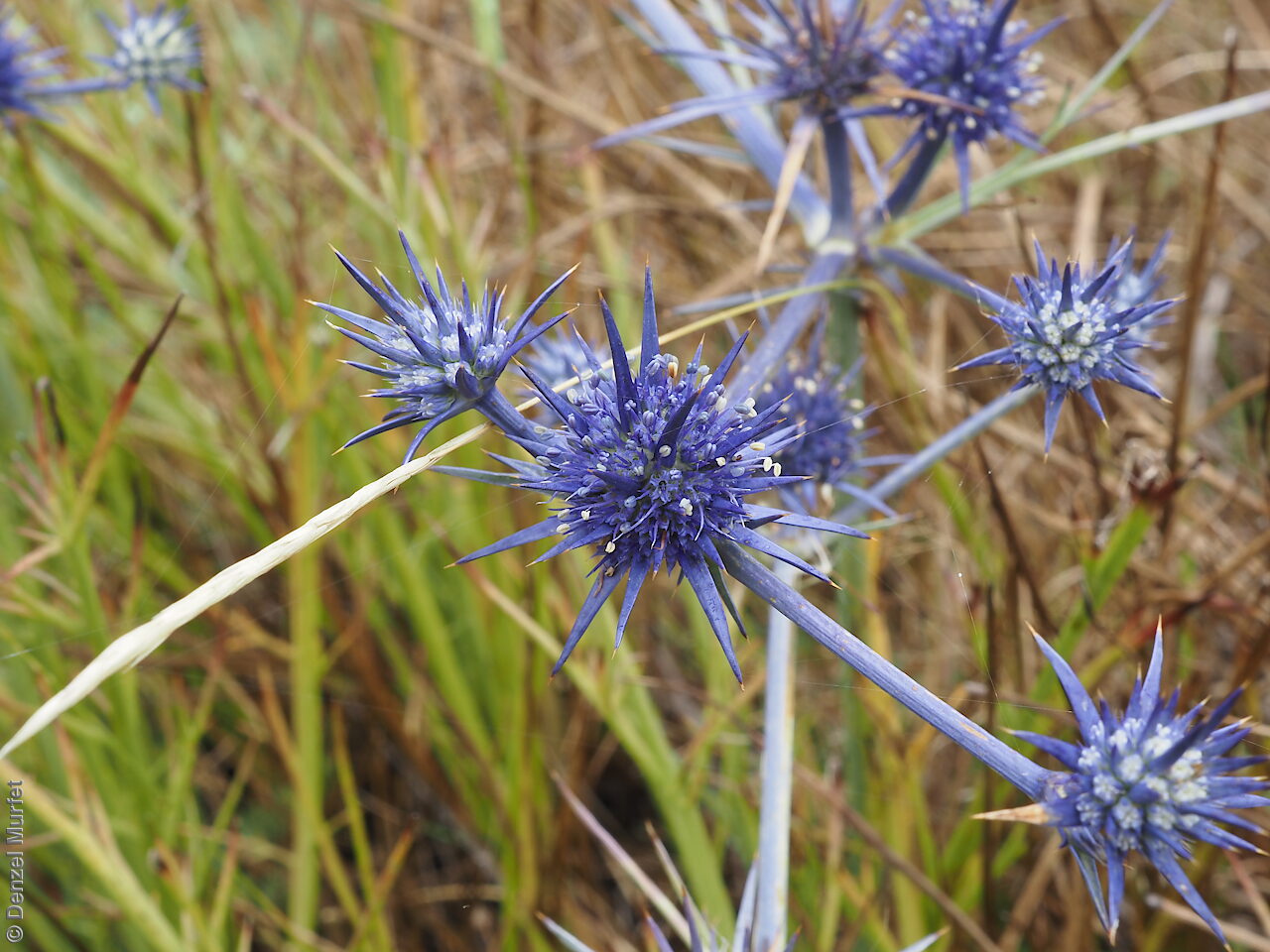
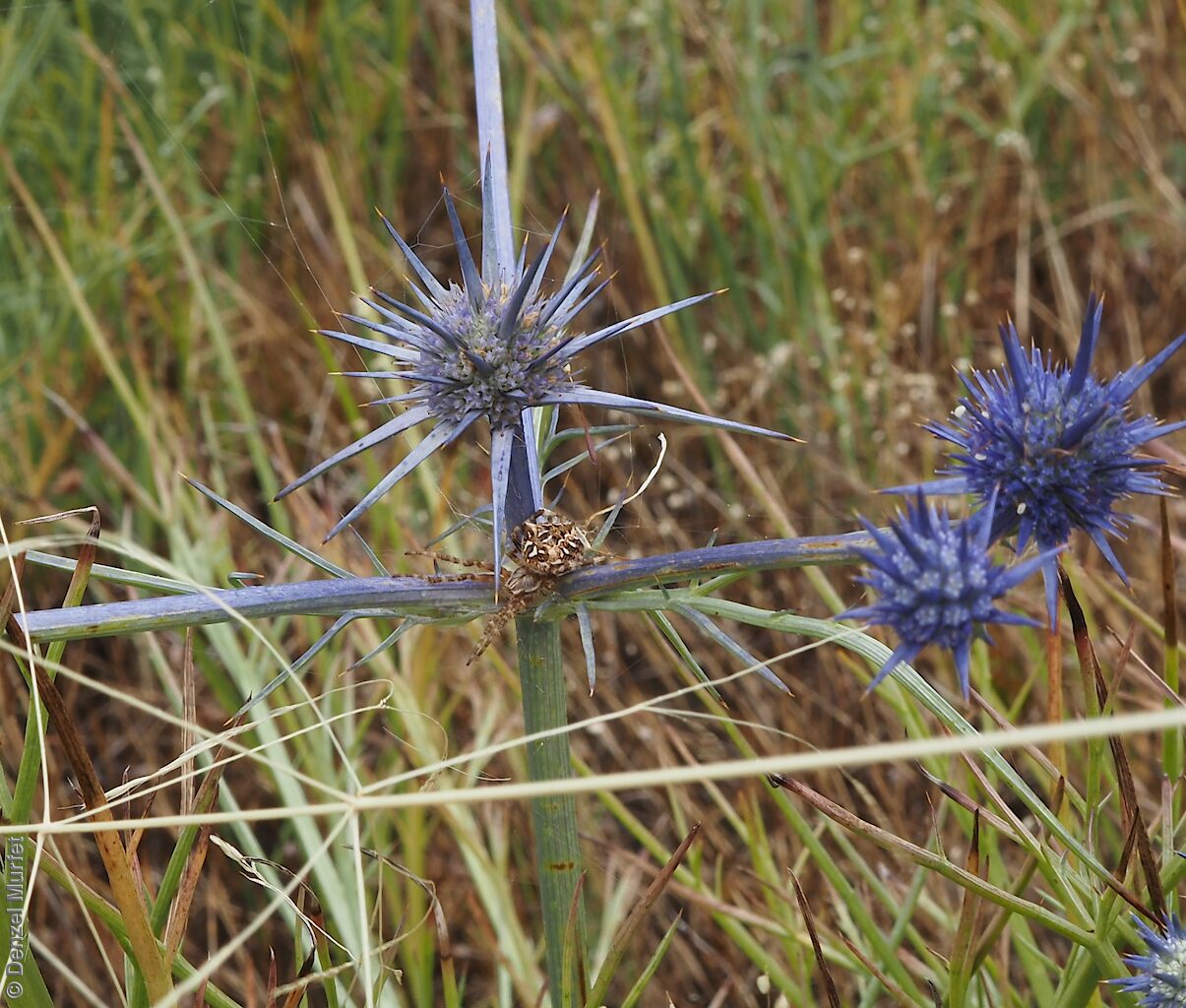
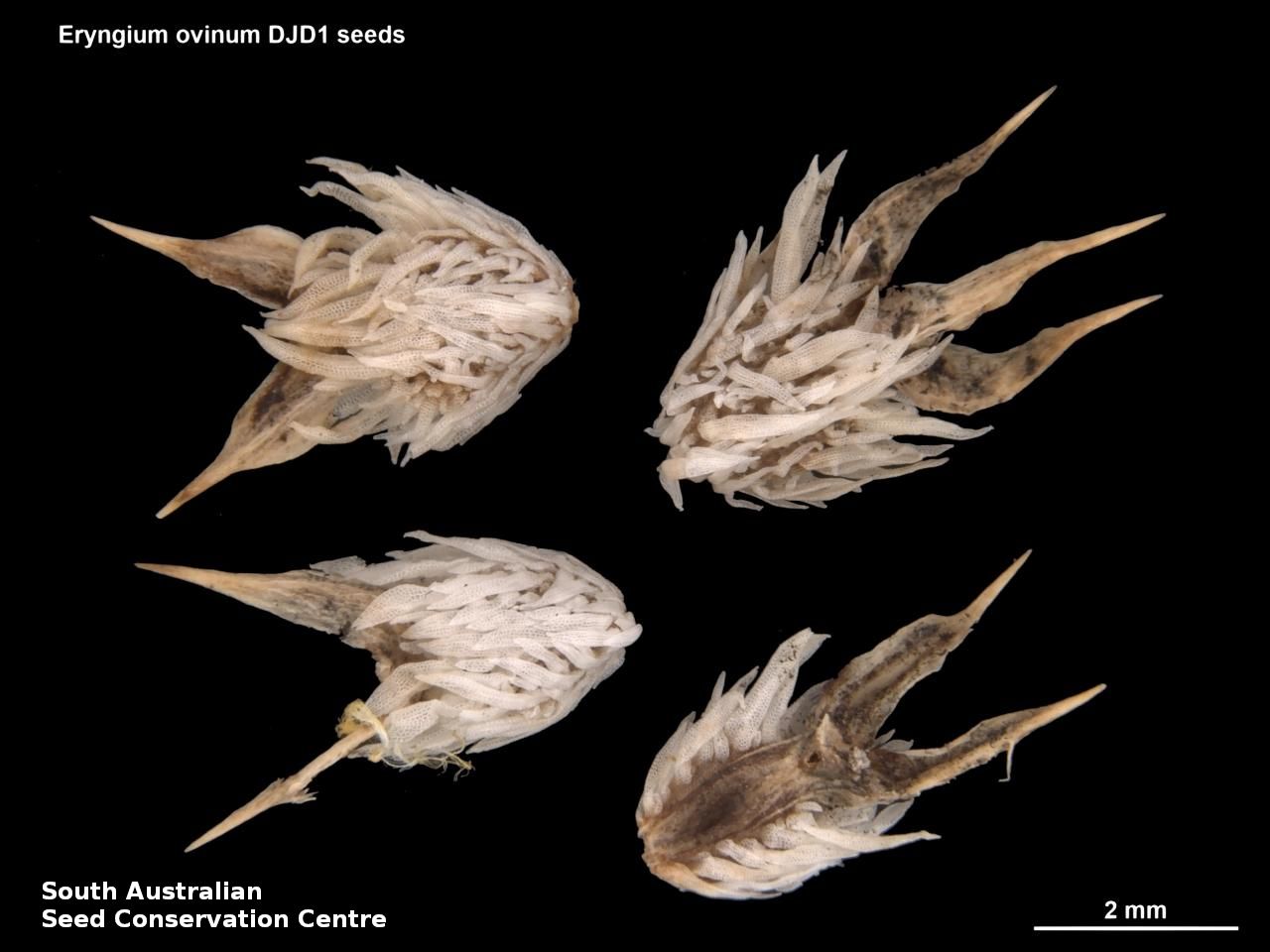
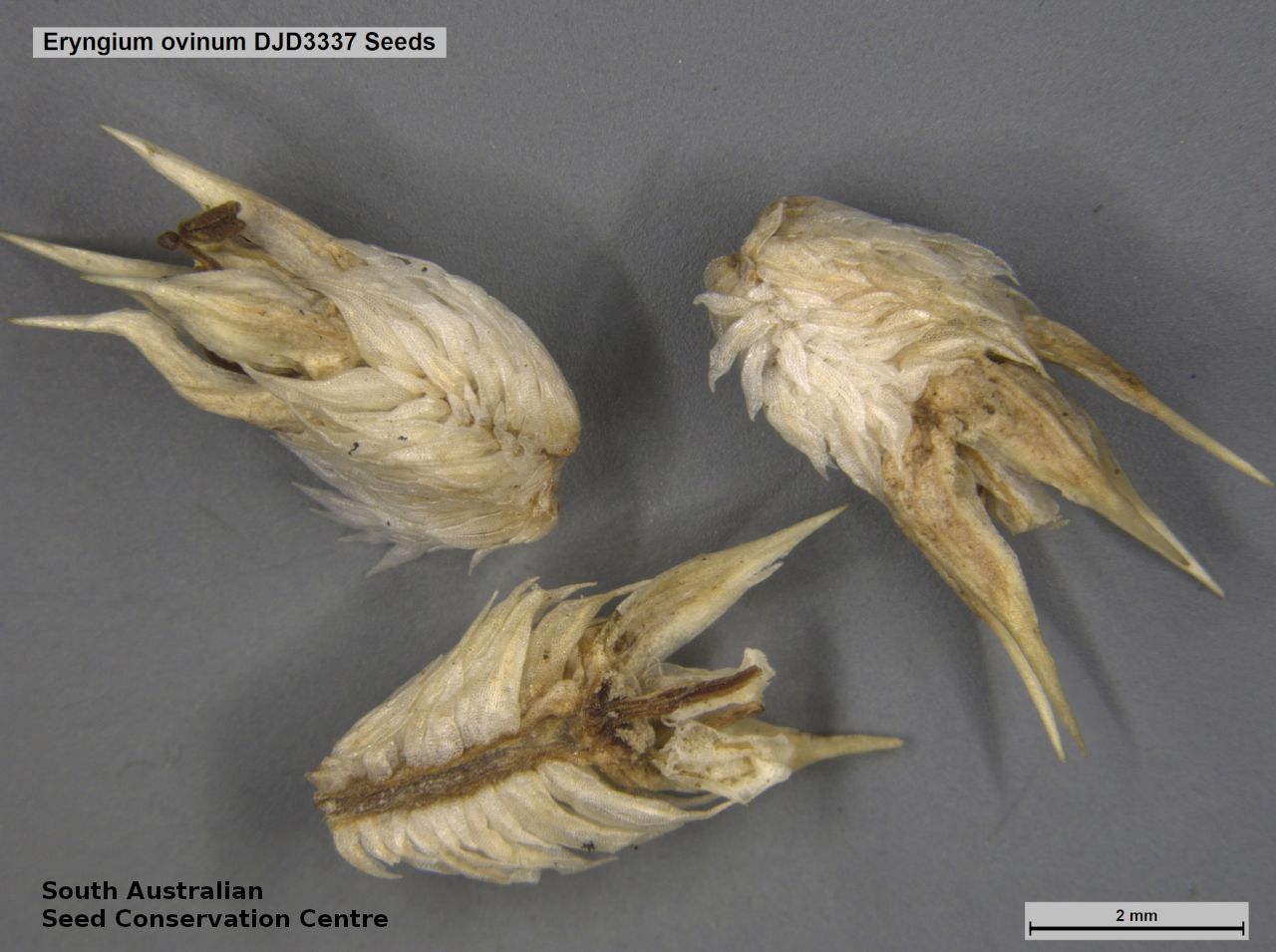
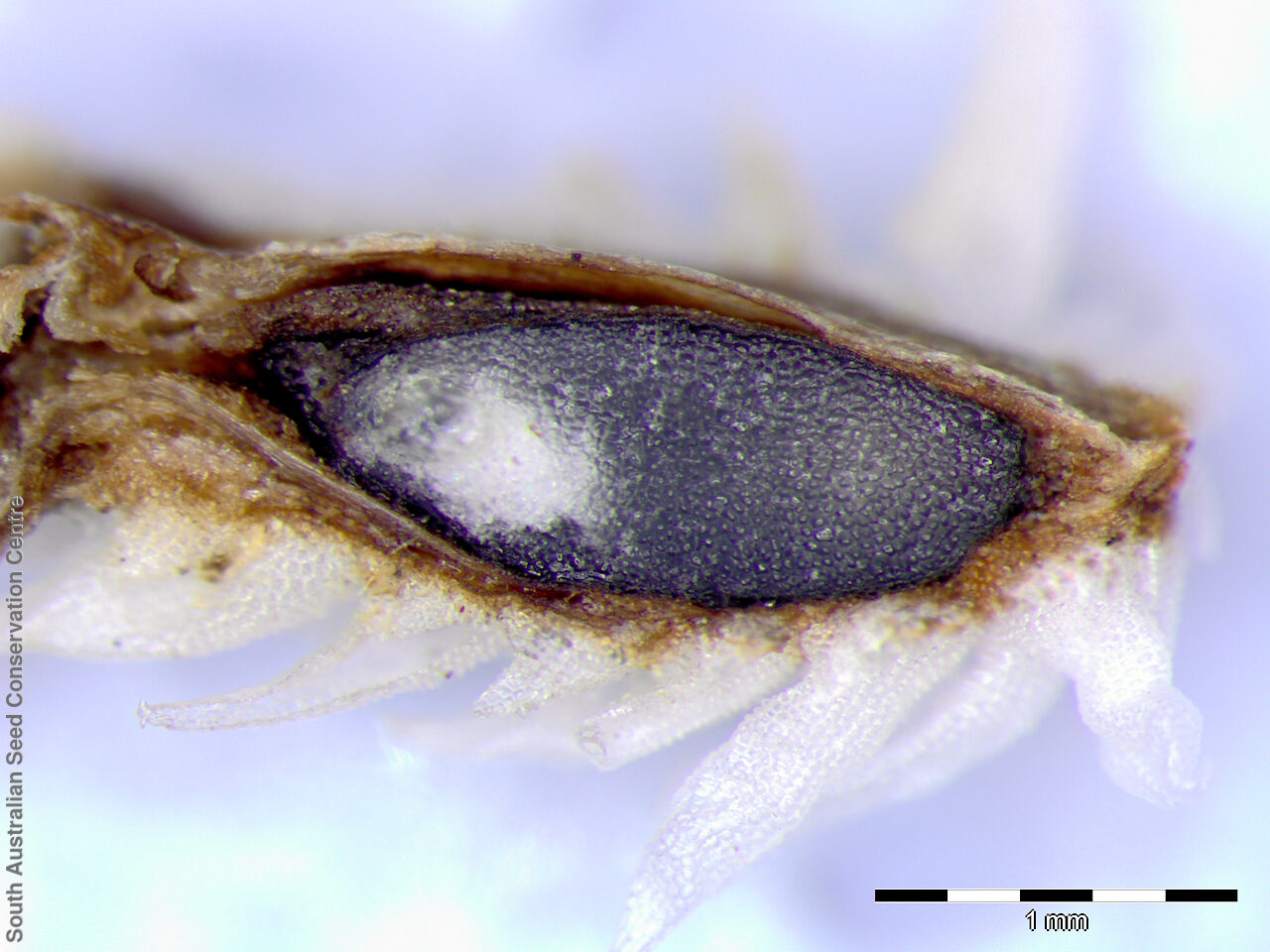
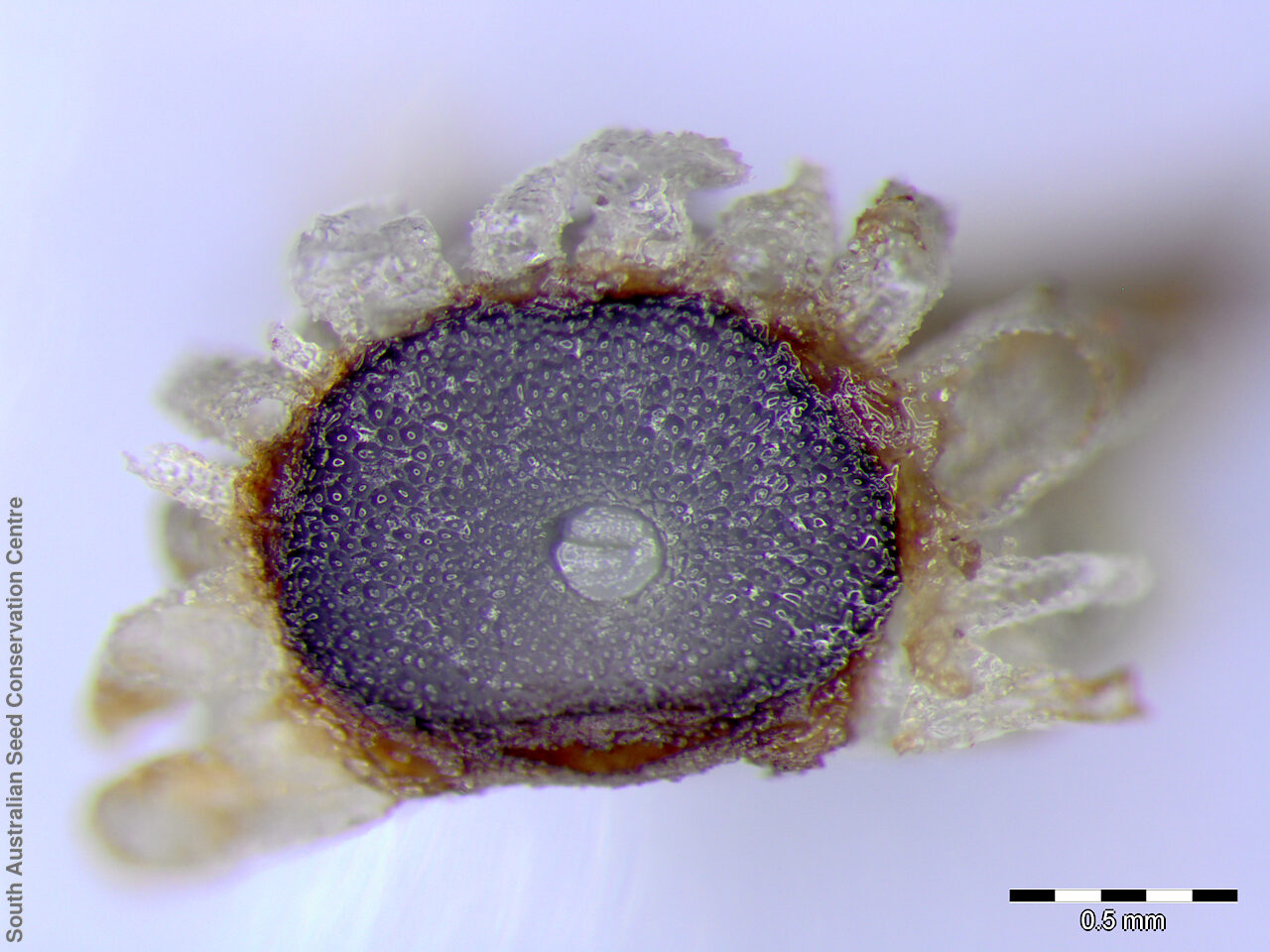
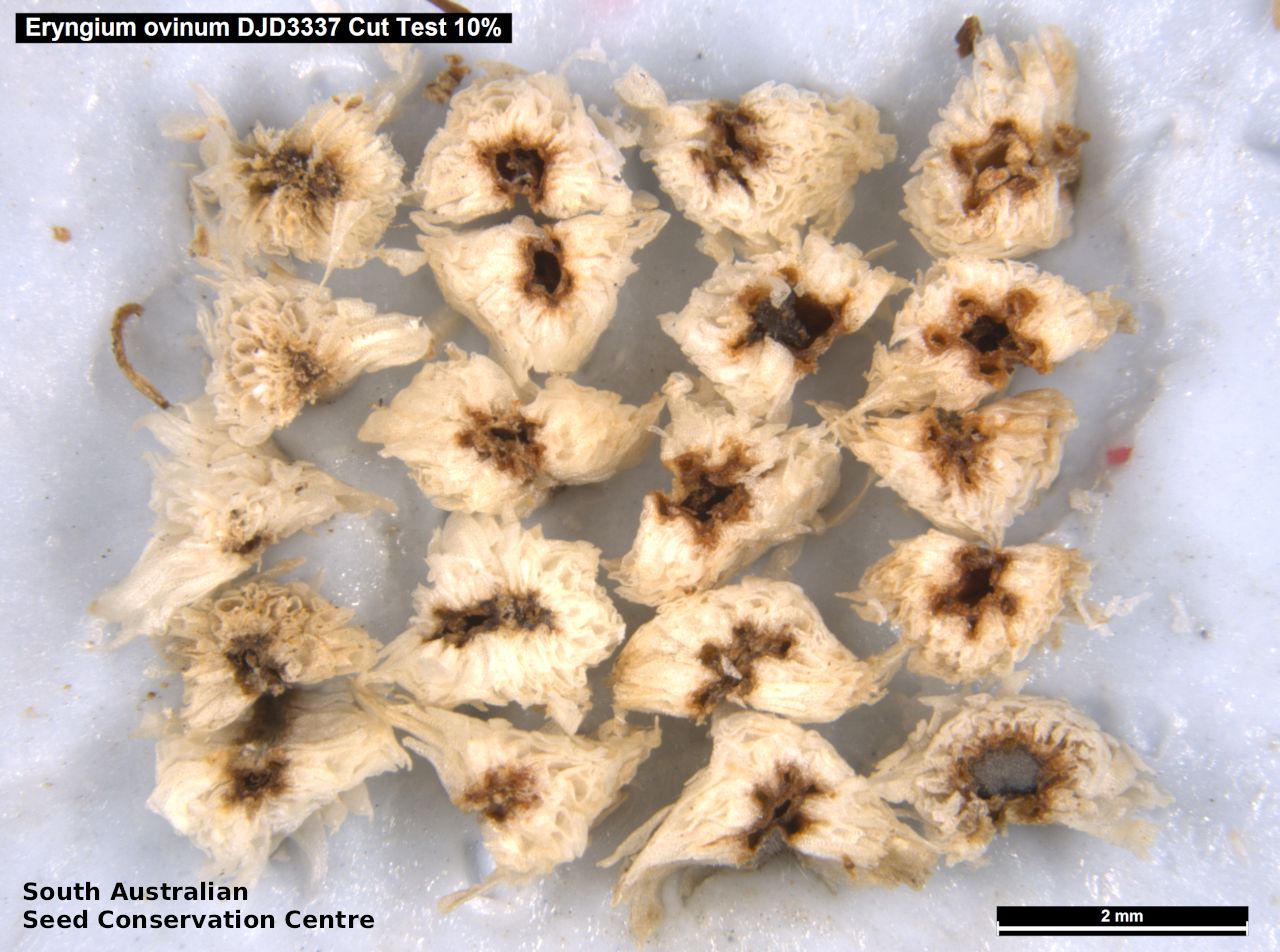

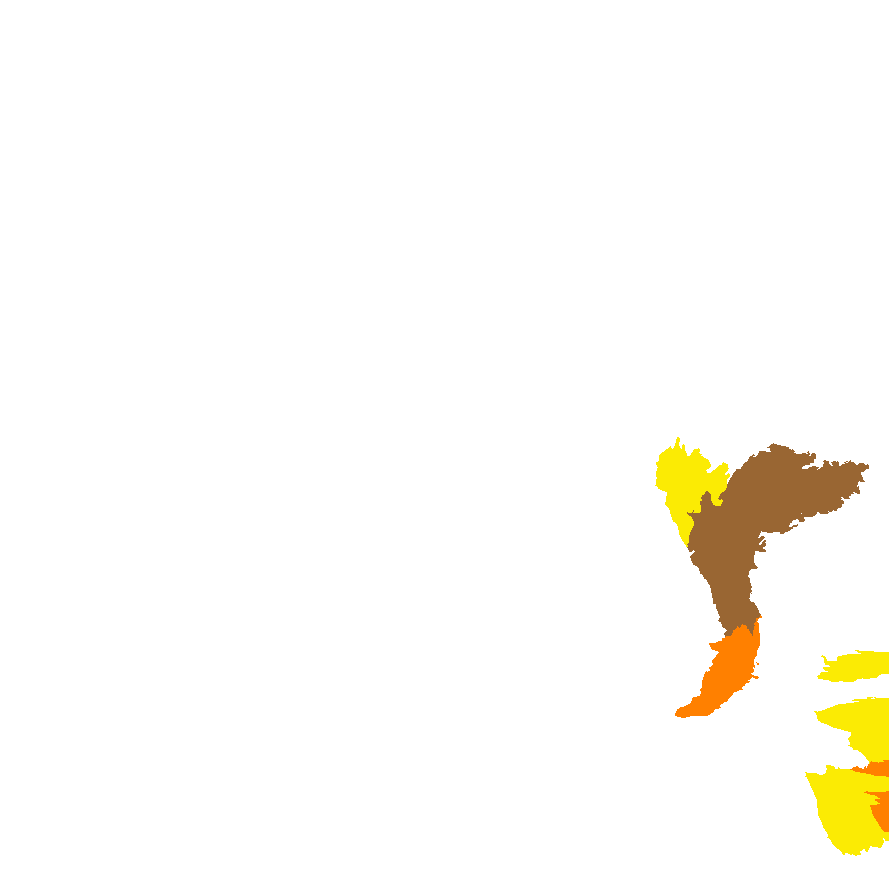
Botanical art
Prior names
Eryngium rostratum
Eryngium rostratum
Etymology
Eryngium from the Greco-Latin 'eryngion' meaning 'sea holly'. May also be from the Greek 'eryngano' meaning to belch, as the plant was used as a remedy for flatulence. Ovinum from the Latin 'ovinum' meaning sheep but the reference is unclear.
Distribution and status
Found in the wetter parts of the Mount Lofty Ranges and a few sites in the lower South-East in South Australia, growing in open woodland on damp clay and sandy soils. Also found in New South Wales, Victoria and Tasmania. Native. Rare in South Australia. Rare in Tasmania. Common in the other States.
Herbarium regions: Northern Lofty, Murray, Southern Lofty, South Eastern, Green Adelaide
NRM regions: Adelaide and Mount Lofty Ranges, Northern and Yorke, South Australian Murray-Darling Basin, South East
AVH map: SA distribution map (external link)
Plant description
Stiffly erect, short-lived perennial herb to 30 cm tall. Basal leaves pinnatisect to 15 cm long; stem leaves to 6 cm long. Inflorescence a dense globular head with blue flowers with metallic blue or purple spiny bracts. Flowering between November and January. Fruits are spiky, pale brown ovoid fruit-head. Seeds are brown ovoid seeds to 2 mm long, covered in thick white hair and with 2-3 spikes at one end. Seed embryo type is linear under-developed.
Seed collection and propagation
Collect seeds between January and April. Collect heads that are drying and turning a straw colour. Be careful as the plant can be very prickly. Collect more than what is required as not all seeds will be viable. Place the heads in a tray and leave to dry for two weeks. Then rub the heads with a rubber bung and not with your hands as the heads are prickly. Then use a sieve to separate the unwanted material. Use an aspirator (if available) to remove the lighter non-viable seeds from the heavy viable seeds. Store the seeds with a desiccant such as dried silica beads or dry rice, in an air tight container in a cool and dry place. From five collections, the seed viability was low to high, ranging from 25% to 88%. Seeds are non-dormant, viable seed should germinate readily.
| Location | No. of seeds (weight grams) | Number of plants | Date collected | Collection number Collection location | Date stored | % Viability | Storage temperature |
|---|---|---|---|---|---|---|---|
| BGA MSB | 2,400 (6.16 g) 2,400 (6.16 g) | 15 | 27-Apr-2004 | DJD1 Southern Lofty | 1-Sep-2004 | 50% | +5°C, -18°C |
| BGA | 630 (1.15 g) | 30 | 8-Feb-2005 | DJD114 Northern Lofty | 28-Mar-2006 | 88% | -18°C |
| BGA | 2,800 (5.66 g) | 25 | 1-Apr-2006 | DJD447 Southern Lofty | 9-Aug-2006 | 55% | -18°C |
| BGA | 11,200 (26.65 g) | 50+ | 10-Jan-2006 | DDC1420 Northern Lofty | 9-Aug-2006 | 25% | +5°C, -18°C |
| BGA | 790 (1.1 g) | 6 | 1-Mar-2010 | Frances Pro South Eastern | 1-Jun-2010 | 30% | -18°C |
| BGA | 980 (2.47 g) | 17-Mar-2010 | Big Flat NFR Southern Lofty | 1-Jun-2010 | 30% | -18°C | |
| BGA | 3,500 (6.75 g) | 12 | 17-Jun-2015 | Big Flat NFR Southern Lofty | 1-Jan-2016 | 50% | -18°C |
| BGA | 2,600 (4.7 g) | 50+ | 25-Mar-2016 | DJD3337 Southern Lofty | 2-May-2017 | 10% | -18°C |
| BGA | 10,900 (24.61 g) | 20 | 23-Mar-2019 | P. Druce Southern Lofty | 24-Jun-2020 | 95% | -18°C, -80°C |
| BGA | 11,220 (12.464 g) | 30+ | 22-Mar-2022 | BKB54 Southern Lofty | 7-Jul-2022 | 45% | -18°C |
| BGA | 2,500 (2.265 g) | 15+ | 23-Mar-2022 | BKB55 Southern Lofty | 7-Jul-2022 | 35% | -18°C |
Number of plants: This is the number of plants from which the seeds were collected.
Collection location: The Herbarium of South Australia's region name.
% Viability: Percentage of filled healthy seeds determined by a cut test or x-ray.